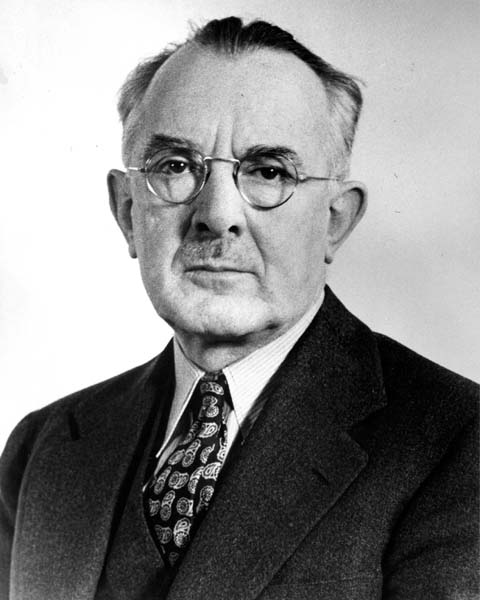Loyd A. Jones
Loyd A. Jones

1930 President Loyd A. Jones was a prolific inventor. He was responsible for at least 18 patents and authored dozens of articles on photometry, physical optics, illuminating engineering, colorimetry, photography, and motion pictures. One of his wartime inventions was a scope-like observation device called a visibility meter, which measured a ship’s visibility in an ocean setting.
He was born in 1884 in Nebraska, U.S. He received his bachelor’s and master’s degrees at the University of Nebraska, U.S. Following graduate school, Jones moved to Washington D.C. U.S., where he worked for several years as a laboratory assistant at the National Bureau of Standards. In 1912, he joined the scientific research staff at Eastman Kodak Company, where he became chief physicist in 1916, a position he continued in until his retirement.
When the U.S. became involved in World War I, Jones headed a research group located at Eastman Kodak tasked with researching naval camouflage in relation to optics and physics. In the laboratory, Jones and his staff developed an “experimental ocean,” which used an observation tank, artificial sun, movable sky, and other components that simulated outdoor viewing conditions, as miniature camouflaged ships were observed through a submarine periscope. He also developed an outdoor observation stage on the shore of Lake Ontario. Painted cut-out silhouettes of camouflaged ships were suspended from a framework, at a height that made the ships appear to be floating on the water.
Jones played a critical role in the formation of the Society. He served as its first Secretary and made sure records were kept and in proper order. He also served as president of the Society of Motion Picture Engineers. He received the Frederic Ives Medal and was awarded an honorary doctorate from the University of Rochester, U.S.
Jones died in 1954.
Document Created: 26 July 2023
Last Updated: 28 August 2023
